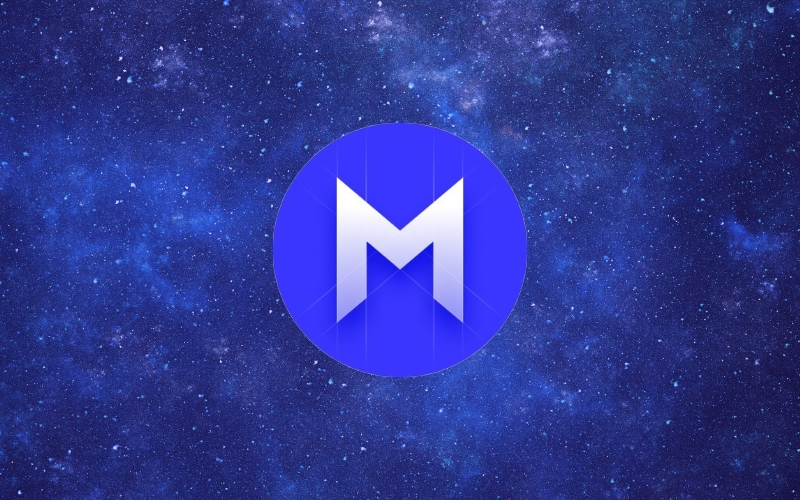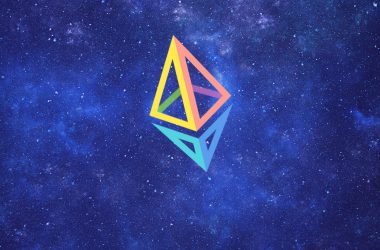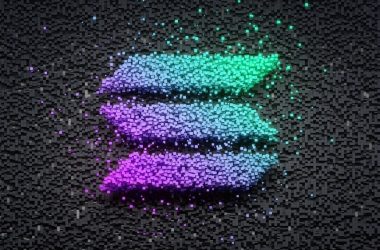- NFT tools for Web3 help new projects with mints and data-driven pricing strategies.
- Mnemonic offers wallet-creation tools with predictive tracking and NFT spam filters.
- Mnemonic is a well-funded project focusing on fast API and specializing in NFT features.
NFT generation, unveiling, and price information offer a data-rich environment. The Web3 space is adapting to NFT opportunities, with more tools to make sense of an otherwise chaotic and hard-to-track market. Speedy NFT information is relatively rare in 2023, or hidden behind a paywall.
For Web3 builders, now there are tools to integrate fast NFT tracking, for both native and cross-chain mints or sales. Mnemonic is a new source of API for Web3 apps, with the goal of making sense of the NFT universe.
Mnemonic also helps apps for their own NFT, with tools to create a pricing strategy.
NFT pricing has changed over the years, with overpriced collections now having a lower chance of picking up willing buyers. Yet NFT mints are still part of the brand identity of Web3 games and apps, with the right price leading to optimal revenues and a fully sold collection.
Mnemonic Offers Wallets Specialized for NFT Holding
Mnemonic offers safe and intuitive tools to build Web3 wallets for app users. One of the wallet’s features is to filter unwanted airdrops or spam NFT. Displaying only quality, verified collections also helps end-users avoid fakes or scams.
Mnemonic focuses on a personalized, user-centric solution for data and NFT displays, while also tracking blockchain interactions and flagging suspicious transactions. Players can still view NFT from spam collections and random airdrops, but they will be flagged for convenience.
Mnemonic also offers detailed Web3 tools for other NFT operations, including metadata, transfers, as well as predictive behaviors. The Mnemonic wallet also tracks price-discovery transactions, and differentiates them from other events such as bulk mints, technical transfers, staking or other edge cases. The goal is to glean the real value at which the NFT changes hands, while also not reporting circular trades with false price discovery.
Mnemonic also allows Web3 projects to track entire collections and mark when the items are trending with increased user interest. Understanding the target audience and their NFT behavior means Mnemonic also offers ways for data-driven optimized minting.










